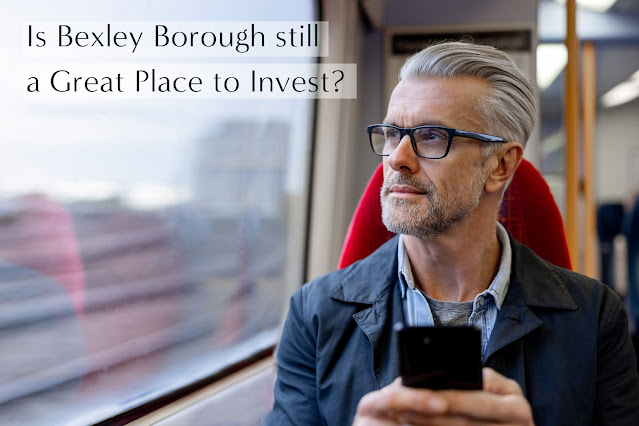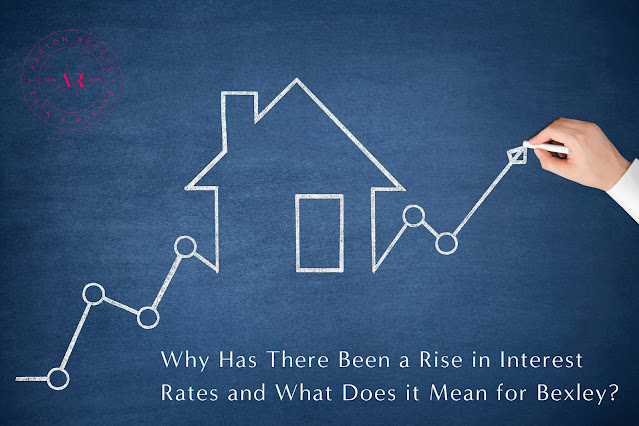Bexleyheath & Erith Property Market in Crisis: Who is to blame?
As I mentioned recently, at the end of the First World
War, 77% of people rented their homes. Most rented from a private landlord, as council
housing was still very much in its infancy. Homeownership rose very slowly in
the 1920s and started to grow with the economy after the Great Depression.
However, after the Luftwaffe had flattened huge swathes of housing in the early
40s, the priority was to get people into clean, decent accommodation. Local
authorities, councils, took up the baton and built large council estates in the
1950s and ‘60s.
As the UK economy got back on its feet in the middle
part of the 20th Century and wages rose, people decided they wanted
to own their own homes. Throughout the post war decades, it became easier to
secure a mortgage. By 1977, 61.6% of 30 to 34-year-olds were owner occupiers
with a mortgage, compared to 8.7% in private rented accommodation (the remainder
were either in council housing or living with friends or family). Ten years
later, in 1987, we saw some significant growth in homeownership, as 68.2% of 30
to 34-year-olds had a mortgage and only 4.6% of people rented privately. By
1997, the homeownership figure was 68.3% but private renting had jumped to
12.1% in the same 30 to 34-year-old age group.
Move on another ten years to 2007 and the figures
reveal a slight drop in homeownership to 65.8%, while renting had continued to
increase to 18.7% in the 30 to 34-year-old age group. The latest set of figures
is for 2014, when only 47.2%, of 30 to 34-year-olds had a mortgage, and an eye-watering
33.4% rented privately.
When we look at the Bexleyheath and Erith figures of
homeownership, looking back to 1991, 66.17% of households were owned by the occupier,
whilst 8.08% of Bexleyheath and Erith households were privately rented. The
2011 census showed that home ownership had dropped to 62.39% and private rentals
had increased to 14.06%. Much of the rise in private renting in Bexleyheath and
Erith since the turn of the millennium is not because property has become more
expensive, but because these 30-somethings don’t have a council house to move
into. The sell-off of council housing in the 1980s (which I have discussed in a
previous article) artificially grew homeownership, but as these people have aged,
the younger generation, of the 1990s, 2002 and 2010s, didn’t have the same
opportunity to buy a council house. Unless the council starts building council
houses on hundreds of acres, private renting will continue to grow in
Bexleyheath and Erith.
If you want to blame anyone, blame the grocer’s
daughter from Grantham, Mrs T. But before you do, remember that, in the 1970s,
the UK was called the "sick man of Europe" by critics of the government,
because of industrial strife and poor economic performance compared to other
European countries. This culminated with the Winter of Discontent of 1978/9.
Without her, we wouldn’t be where we are today.
Also, as discussed in my last
article, with Brexit there are many challenges ahead and we may be seeing a slight ‘wobble’
in property prices whilst we are in unchartered territory.
One place for landlords and homeowners to find out
more is on the Bexley Borough Property News Blog: www.bexleyproperty.co.uk. You’re
also more than welcome to give us a call on 01322 559955 or pop in for a chat. Our office is located in the
heart of Bexley Village (next door to the King’s Head Public House).




Comments
Post a Comment